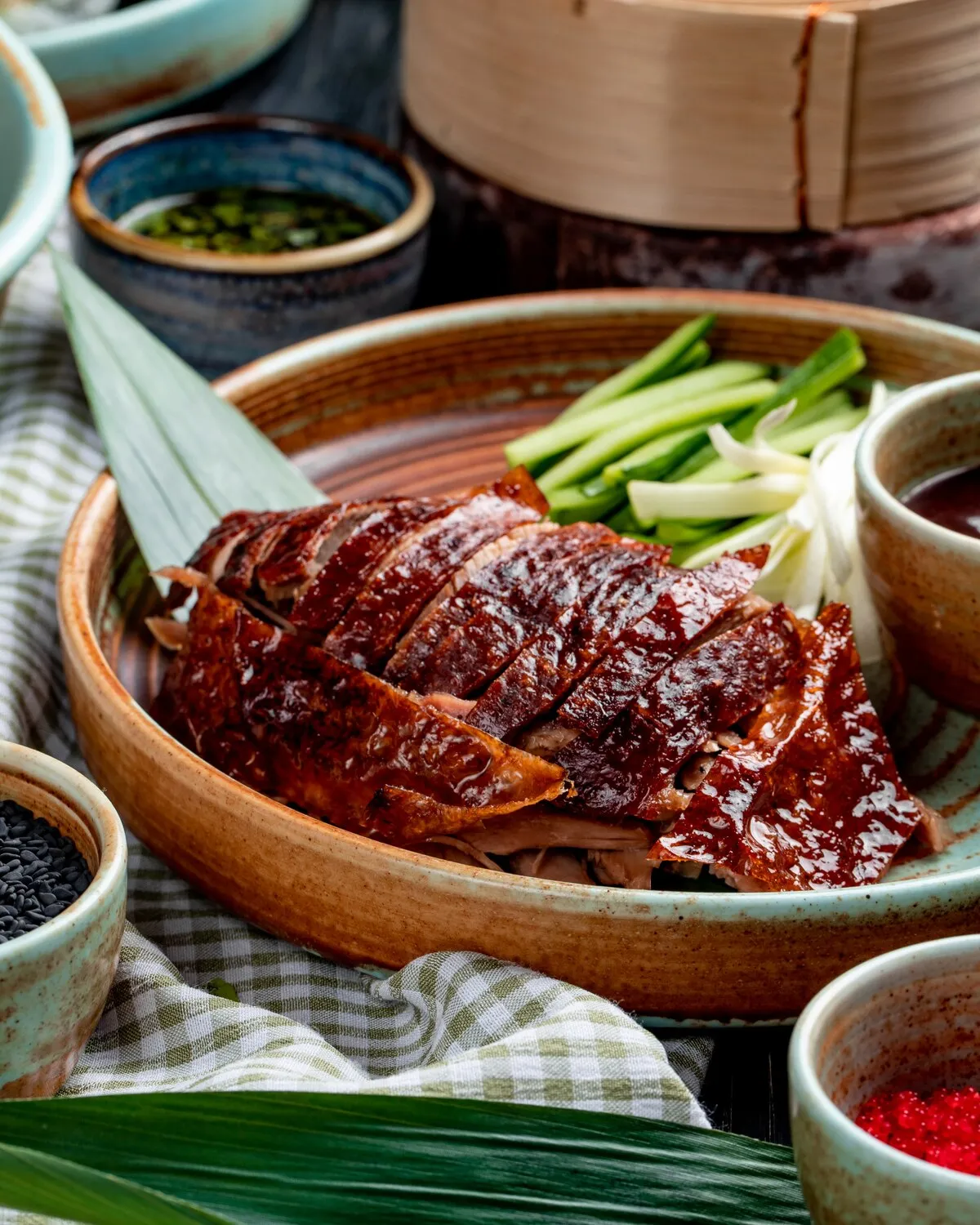
Mihoen kip
Wok dish with Mihoen noodles and chicken.
Nutrition Facts
* The % Daily Value (DV) tells you how much a nutrient in a serving of food contributes to a daily diet. 2,000 calories a day is used for general nutrition advice.
Mihoen, also known as rice vermicelli, reflects the strong Chinese influence on Indonesian cuisine. Over centuries, Chinese immigrants introduced various noodle dishes and wok cooking techniques that were adapted and integrated into local culinary traditions, creating dishes like Mihoen Goreng (fried rice vermicelli). The addition of 'kip' (chicken) is a common protein choice, making it a more substantial meal.
Mihoen Kip is a popular everyday dish often found at street food stalls, small restaurants (warungs), and in homes across Indonesia. It's a versatile and affordable meal, reflecting the communal and practical nature of Indonesian food culture.
Street Food Staple
Mihoen Kip is commonly sold by street vendors, making it an accessible and affordable meal option for many Indonesians.
Family Meal
It's frequently prepared at home as a quick and satisfying meal, often adapted based on available ingredients.
Celebratory Variation
While typically everyday fare, variations with more expensive ingredients or elaborate preparation can be served during gatherings or smaller celebrations.
Mihoen Kip offers a savory and umami flavor profile, often with a hint of sweetness and spice. Key ingredients like soy sauce, garlic, and sometimes chili contribute to its distinctive taste.
The base flavor is derived from soy sauce (kecap manis for sweetness and kecap asin for saltiness), garlic, and potentially other aromatics like shallots and ginger. Chicken provides a savory protein element. Vegetables like cabbage, carrots, and spring onions add freshness and textural contrast. Chili peppers (fresh or as sambal) can introduce heat. Some variations may include shrimp paste (terasi) for a deeper umami flavor.
Preventing Sticky Noodles
Soak the mihoen noodles in warm water until softened but not mushy. Don't overcook them during the stir-frying process, as they will continue to absorb moisture.
Flavor Infusion
Marinate the chicken beforehand with soy sauce, garlic, and a touch of sugar to enhance its flavor. Adding the chicken to the wok before the vegetables allows it to brown nicely and impart more flavor to the oil.
Wok Hei
Use a high heat and a wok to achieve the characteristic 'wok hei' (breath of the wok) flavor, which is a slightly smoky and charred taste. However, be careful not to burn the ingredients.
Seasoning Balance
Taste frequently and adjust the seasoning as needed. The balance between sweet, salty, and savory is crucial. Add chili based on your desired spice level.
Explore additional Wok dishes and restaurants
Explore WokDiscover top dining spots and culinary experiences in Zwolle.
Explore ZwolleLearn more about the food culture, restaurant scene, and culinary heritage of Netherlands.
Explore Netherlands